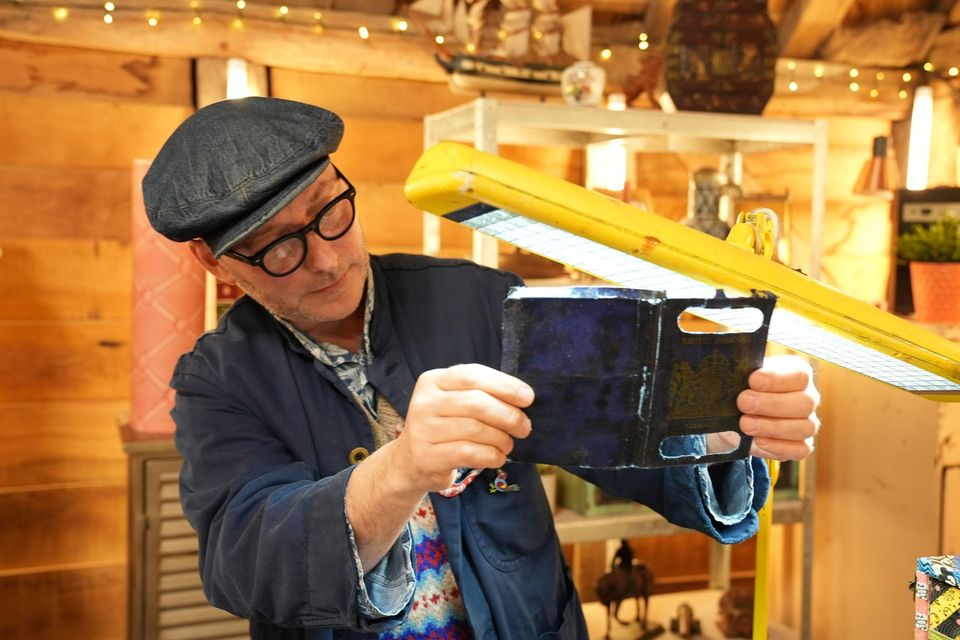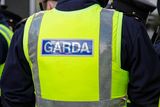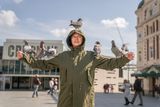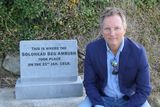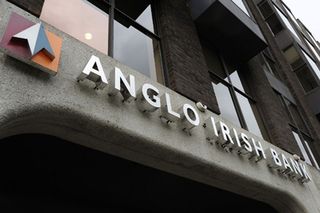The Repair Shop review: Restoring the artefacts of the Windrush generation brings some very moving stories to light
The BBC show has become quite the phenomenon, with seven million viewers a week
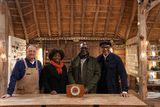

From humble beginnings, The Repair Shop (BBC1, Wednesday) has grown into a genuine phenomenon.
It started out as a 30-minute daytime show on BBC2, gradually expanding to 60 minutes, moved to a primetime midweek slot on BBC1 and now draws seven million viewers a week.
You can understand why it’s so popular. Nostalgia always sells and the show has buckets of it in the family heirlooms — which can be anything from large items of furniture to ornaments to teddy bears to small toys — people bring to Jay Blades and his expert team.
Many of these objects are of little or no financial worth. You won’t find anyone from Antiques Roadshow cooing over them. Their sentimental value to their owners, however, is incalculable.
Behind many of them are moving stories. There’s at least one lump-in-the-throat moment per episode. And, of course, there’s also the soothing pleasure of watching supremely skilled craftspeople performing delicate miracles.
The show hits so many sweet spots at once that if you can’t find something to enjoy in it, the chances are you’re in need of some repairing.
At its best, The Repair Shop is social history related through individual possessions. This was especially true of this week’s episode, a special marking the 75th anniversary of the Windrush migration.
The Repair Shop Windrush special. Photo: BBC / Ricochet
On June 21, 1948, HMS Empire Windrush docked at the Port of Tilbury near London, carrying the first major wave of Caribbean migrants. They came to the “motherland” in search of jobs and better lives, believing they’d be welcomed by a society still rebuilding itself after the war and desperately in need of workers.
What they found instead was hostility and prejudice, not just from the racists who abused them in the street or the landladies who placed “No blacks” signs in their windows, but from much of the political establishment too. Enoch Powell was far from the only MP opposed to people of colour coming into the country.
Contrary to a pretty widespread belief, it was individual companies such as London Transport, rather than the government, that were pushing for people from the Caribbean to come and fill jobs.
The gulf between the hopes and dreams the migrants carried along with their meagre possessions and the reality they encountered imbued the four items featured here with poignancy.
The gulf between the hopes and dreams the migrants carried along with their meagre possessions and the reality they encountered imbued the four items featured here with poignancy.
A woman called Beverley Dixon brought in the British passport belonging to her father Edgar, who’s 97. Battered and almost illegible in places, it was issued to him in Jamaica in 1948.
Edgar arrived in England on SS Eros in 1950, when he was 24. A kindly Welsh family took him under their wing and gave him the fare to bring his fiancée Rubina to England in 1952. They married the following year.
Keithly wanted the team to repair the battered suitcase, colloquially know as a “grip”, in which his mother Locita carried all her worldly possessions when she arrived from the West Indies in 1956.
As a “third-class citizen”, she had to travel in the belly of the ship. Locita, who’s still alive, dreamed of becoming a nurse, but had to settle for cleaning jobs. She later became a social worker and a councillor, and was recognised by Tony Blair for her community work.
Brother and sister Dorcas and Stephen brought in their late parents’ broken clock, one of the first things they bought to furnish the small room they lived in after coming from Antigua in 1960.
“They saw England as somewhere they belonged,” said Dorcas. England saw it differently. The couple were rejected even by church communities.
Finally, Professor Patrick Vernon, who led the successful campaign to have June 22 deemed Windrush Day, had a broken 1960s radiogram left to him by a music-loving friend called Eddie, who was born in Jamaica, served in the RAF and became a surrogate grandfather to Patrick.
In an era when nightclubs enforced a colour ban, the radiogram was Eddie’s only way of enjoying the music he loved.
Needless to say, the repairs and restorations were immaculate, and the unveilings as emotional as always. But the real treasures here were the incredible stories of courage and resilience behind the humble items.

